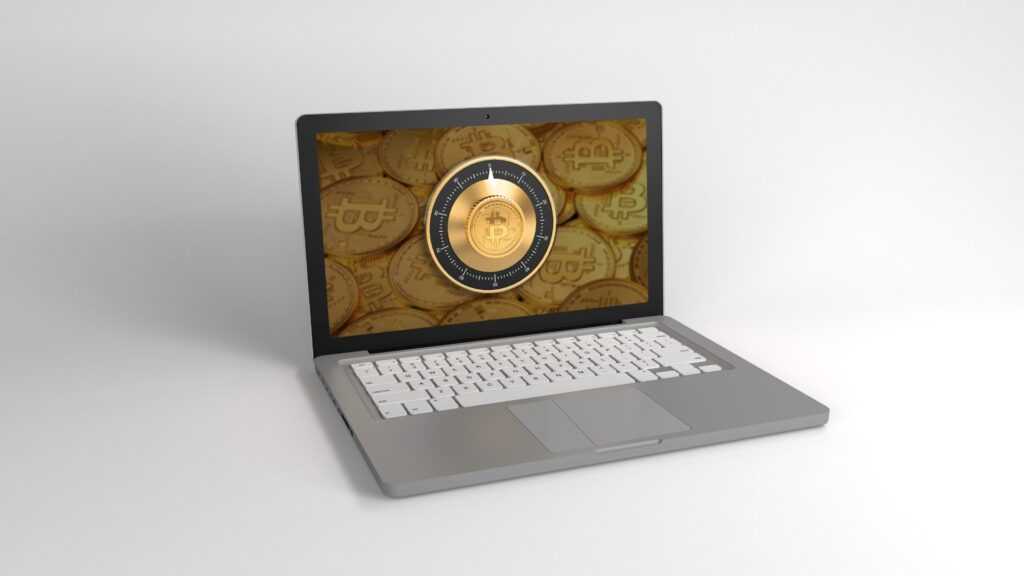Understanding Crypto Wallets and Loss Scenarios
Crypto wallets come in various forms, each with unique features and security mechanisms.
Types of Crypto Wallets
- Hardware Wallets
Hardware wallets are physical devices that store private keys offline, ensuring high security. Examples include Ledger and Trezor. - Software Wallets
Software wallets are applications or programs that manage private keys online. They come as desktop, mobile, or web-based wallets. Examples are Exodus, Mycelium, and MetaMask. - Paper Wallets
Paper wallets are physical documents containing printed private keys and QR codes. They provide offline storage but are vulnerable to physical damage or loss. - Custodial Wallets
Custodial wallets involve third parties managing private keys. Popular platforms include Coinbase and Binance. Users don’t control private keys directly, which can be both an advantage and a risk.
- Misplacing Private Keys
Losing private keys renders the wallet inaccessible. This often happens when keys aren’t backed up properly. - Forgetting Passwords
Complex passwords, while secure, can be forgotten. Without a backup recovery option, accessing the wallet becomes impossible. - Technical Glitches
Software bugs or hardware failures can lead to wallet losses. Regular updates and backups help mitigate these risks. - Theft or Hacking
Cyber attacks and physical theft can result in lost access. Strong security practices, such as using multi-factor authentication, are essential.
Understanding these elements ensures better preparedness in safeguarding crypto assets.
Pre-Recovery Steps: What to Do Immediately After Loss
Losing a crypto wallet can be alarming, but taking immediate steps helps prevent further issues. Here are essential actions to take right after losing access to your wallet.
Secure Remaining Assets
If your wallet is part of a larger portfolio, securing the remaining assets is critical. Transfer any unaffected funds to a secure wallet—consider hardware wallets like Ledger or Trezor for reduced risk.
Avoid using compromised devices to make transfers. Use a clean, malware-free device to manage asset security.
Assess the Loss and Gather Details
Identify the reason for the loss first. Determine if it’s due to a misplaced private key, forgotten password, or technical glitch.
Gather details relevant to the loss, such as wallet type, associated email, transaction history, and any backup phrases. This information is crucial when attempting recovery.
Technical Methods to Recover Your Crypto Wallet
Recovering a lost crypto wallet involves several technical methods. Each method offers different advantages and may require varying levels of expertise.
Using Recovery Phrases
Recovery phrases, also known as seed phrases, unlock lost wallets. Most modern wallets generate a 12 to 24-word recovery phrase during setup. If you’ve documented this phrase securely, it can restore access. To use a recovery phrase, follow these steps:
- Access Wallet Interface: Open your crypto wallet application.
- Select Restore Option: Find the “Restore Wallet” or similar option.
- Enter Recovery Phrase: Input each word of your phrase accurately in the correct order.
- Verify Information: Confirm any additional details prompted by the wallet, such as a password.
Employing Wallet Recovery Services
Several professional services specialize in crypto wallet recovery. These services use advanced techniques to retrieve lost credentials or access permissions. Keep in mind these common steps:
- Research Providers: Look for reputable wallet recovery services. BitGo and KeychainX are prominent examples.
- Submit Request: Fill out a request form detailing your situation, including wallet type and suspected cause of loss.
- Provide Necessary Information: Offer any supporting documents, such as partial seed phrases or transaction history.
- Follow Guidance: Adhere to the service’s instructions and maintain communication to facilitate recovery.
Using technical methods ensures a greater chance of success, often contingent on the information you’ve retained.
Legal Avenues for Wallet Recovery

When technical methods fail, exploring legal avenues becomes essential. This involves reporting the incident to authorities and consulting with legal experts.
Reporting to Authorities
Contact local law enforcement about any lost or stolen crypto wallets. Provide them with documentation, transaction histories, and any correspondence related to the incident.
Law enforcement may open a case, though success rates vary based on jurisdiction and available evidence. Next, report the incident to relevant cybercrime units if available in your region.
These specialized units handle digital asset theft and might have more effective tools and protocols for addressing such cases.
Consulting with Legal Experts
Seek advice from legal experts specializing in cryptocurrency laws. An attorney well-versed in digital assets can guide on potential legal actions, including litigation and negotiations with involved parties.
Legal consultation can help understand the applicable laws, especially if the issue involves third-party negligence or fraud.
Additionally, experts might recommend blockchain analytics services, which can trace lost assets and identify potential recovery solutions, though these services typically come at a cost.
Preventing Future Losses
Securely managing your crypto assets requires proactive measures to prevent future losses.
Using Hardware Wallets
Hardware wallets like Ledger and Trezor offer enhanced security for storing crypto assets offline. By isolating private keys from internet-connected devices, hardware wallets reduce the risk of online hacks and malware.
These wallets come with built-in security features, including PIN codes and recovery phrases, to mitigate unauthorized access.
Consistently updating the firmware ensures protection against potential vulnerabilities. Using hardware wallets adds a robust layer of defense, making them a preferred choice for long-term asset storage.
Regular Backups and Security Practices
Regularly backing up wallet data ensures you can restore access if necessary. Store backup copies in multiple secure locations like encrypted USB drives or offline cold storage containers.
Use strong, unique passwords combining letters, numbers, and special characters to protect wallet access.
For multi-signature wallets, distribute keys among trusted individuals or devices to enhance security. Enable two-factor authentication (2FA) wherever possible to add an extra verification layer.
Adopting these practices reduces the risk of data loss and unauthorized access, safeguarding your digital assets.





























































































































































































